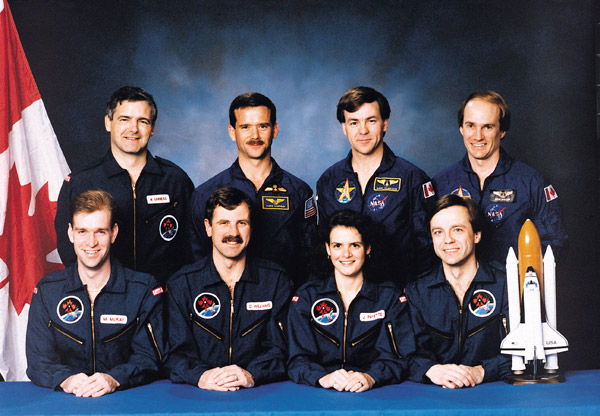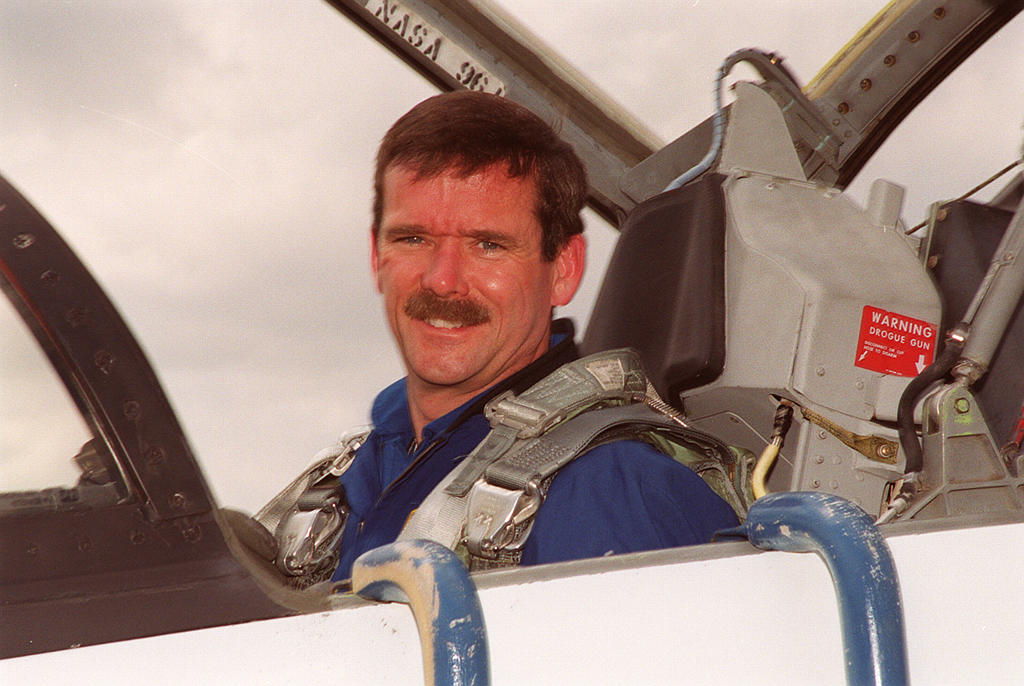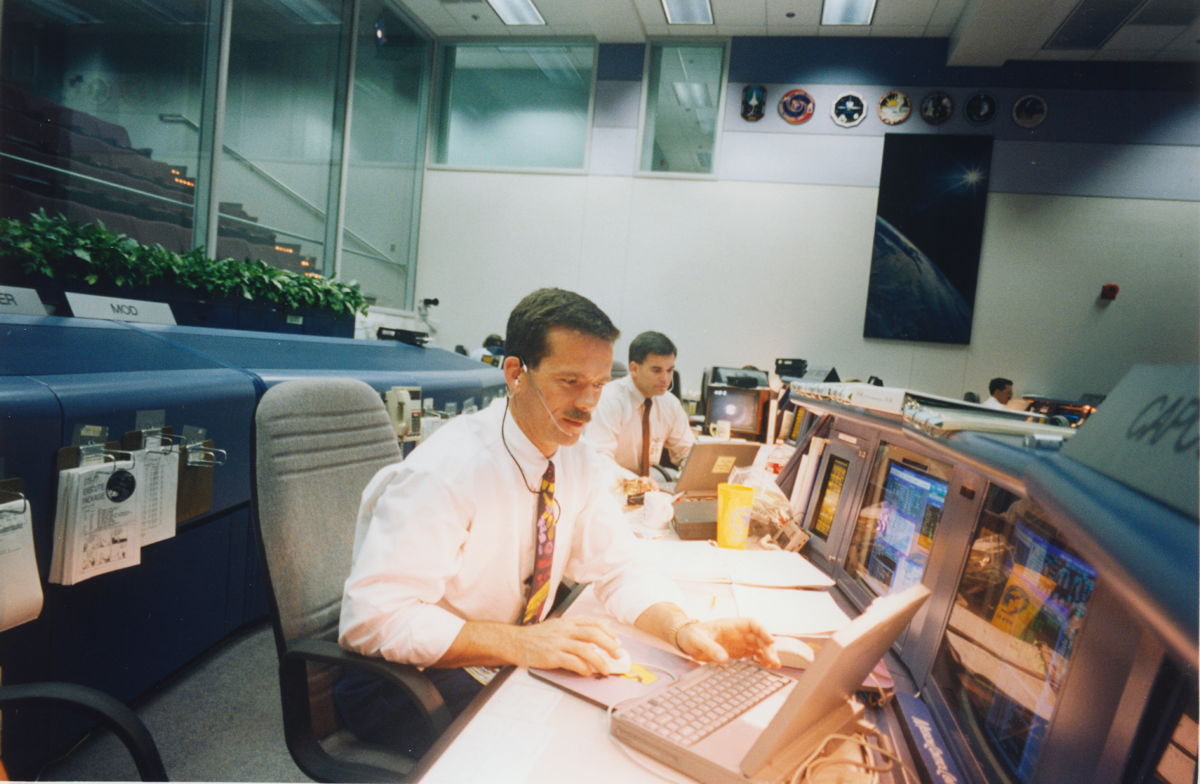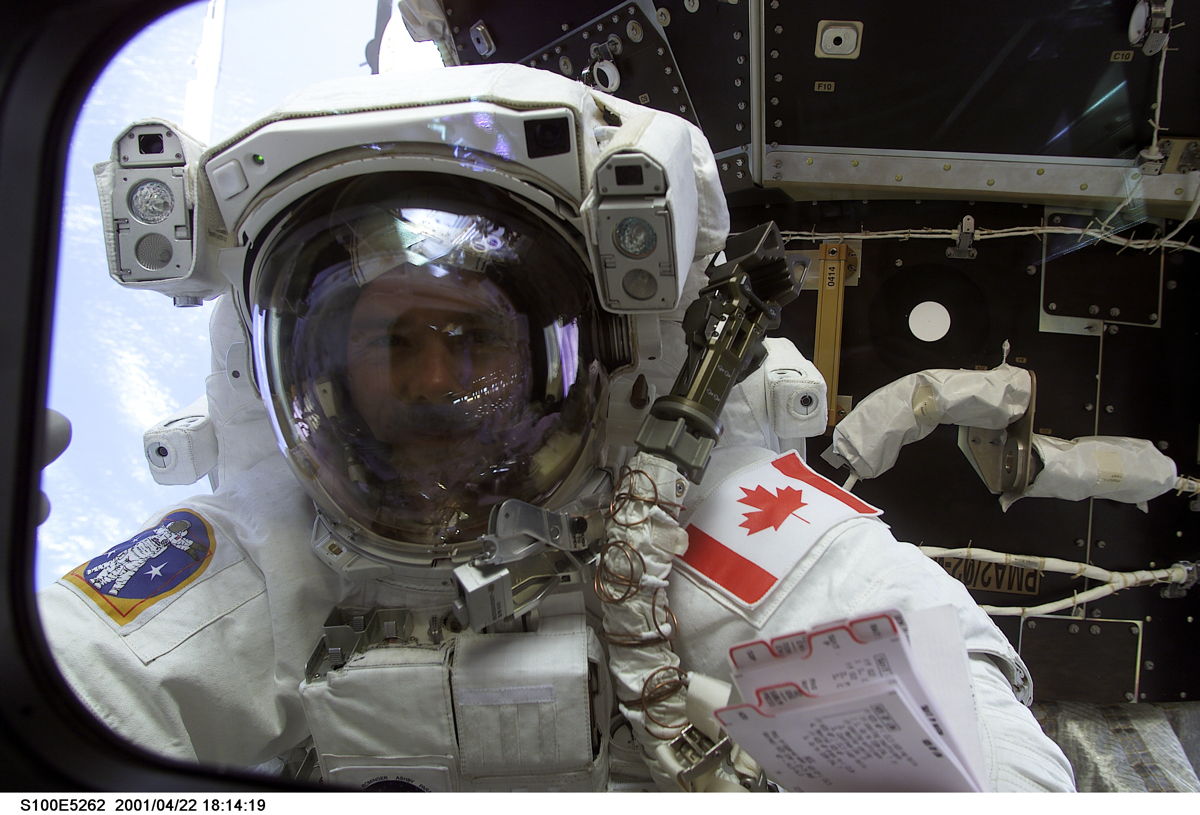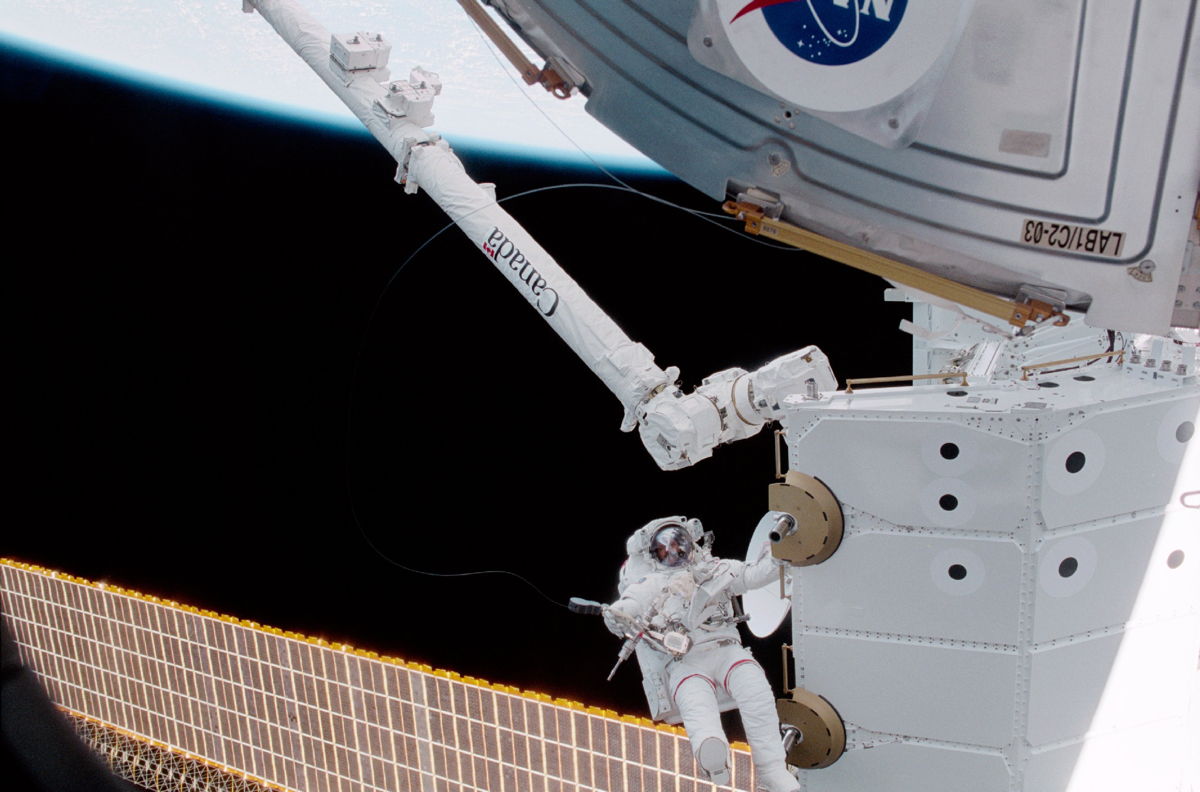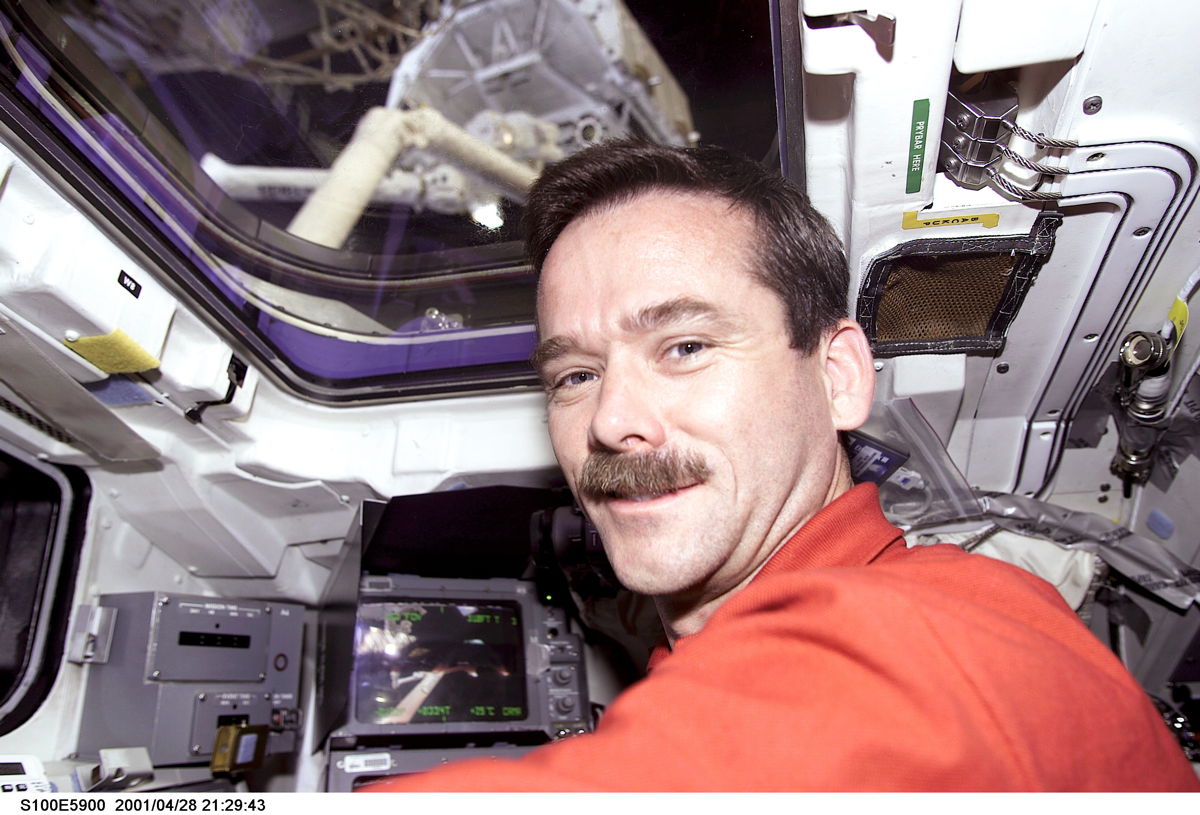12 Highlights of Chris Hadfield's High-Flying Career
Introduction
When Chris Hadfield decided to become an astronaut in the late 1960s, he had two main obstacles facing him. First, he was only nine years old. Second, Canada didn't even have an astronaut program.
Undeterred, Hadfield spent a lifetime taking steps to position himself for spaceflight, and eventually made it into orbit three times. He became the only Canadian to visit the space station Mir, made the first Canadian spacewalk, then capped his career as commander of Expedition 35 on the International Space Station, another Canadian first.
On June 10, 2013, Hadfield announced he would retire from government service and the Canadian Space Agency starting July 3. Here are some highlights from Hadfield's space career.
Joining The Astronaut Corps
Shortly after Hadfield (second from left, back row) was selected as an astronaut in 1992, he was invited to take mission specialist training at the NASA Johnson Space Center — a rare privilege for Canadians at the time. Also pictured: Back row, from left to right: Marc Garneau, Hadfield, Bjarni Tryggvason, Steve MacLean. First row, left to right: Mike McKay, Dave Williams, Julie Payette, Robert Thirsk.
Learning The Skies
Hadfield was an accomplished pilot long before becoming an astronaut. He began his career as a Canadian air cadet, progressing to flying NORAD missions and attending the prestigious United States Air Force test pilot school at Edwards Air Force Base in California. Here, Hadfield is pictured just prior to shuttle mission STS-100 in 2001.
Visiting Space Station Mir
Hadfield began Russian language training early in his astronaut career and made his first spaceflight (STS-74) in November 1995, just three years after joining the astronaut corps. He became the only Canadian to visit the Russian space station Mir. During his brief mission, Hadfield found time to play this collapsible guitar in orbit.
Operating Canadarm
Besides visiting space station Mir on his first flight in space in November 1995, Hadfield used his agility skills to pilot the Canadarm — a first for a Canadian. The robotic arm was used on STS-74 to install a Russian docking module on Atlantis' orbiter docking system so the shuttle could meet with Mir.
Space Communicating
Early on, Hadfield also began working in Mission Control as a capcom or "capsule communicator" — an astronaut who relays instructions to the spacecraft. Here he is pictured in 1996 supporting STS-77, a mission that included Canadian Marc Garneau.
Taking A Walk On The Space Side
In 2001, Hadfield became the first Canadian to perform a spacewalk on shuttle mission STS-100. In the years since, he has called it one of the most meaningful experiences he ever had as an astronaut.
Breaking space news, the latest updates on rocket launches, skywatching events and more!
Human and Robot Arms
The main goal of Hadfield's two spacewalks in April 2001 was to install Canadarm2, a more advanced robotic arm to build on the famed original Canadarm. Canadarm2 was used heavily during construction of the International Space Station, and is still in use today.
A Robotic Handshake
On the STS-100 shuttle mission in April 2001, Hadfield also performed the first robotic transfer in space, handing off the Canadarm2's launch cradle to Canadarm.
A Russian Ride To Orbit
Hadfield (top) prepares to head to a Soyuz spacecraft Dec. 19, 2012 to visit the International Space Station. His mission, which included the command of Expedition 35, was the culmination of a lifetime of training, he said at the time. Also pictured: NASA flight engineer Tom Marshburn, and Soyuz commander Roman Romanenko.
Picturing Radiation
Hadfield poses with radiation detectors used on the International Space Station during his Expedition 34/35 mission in 2013. Similar Radi-N2 neutron bubble detectors were used by dozens of Canadian classrooms to compare radiation exposure between Earth and space. Hadfield also did more than 140 videos (mainly educational ones) in orbit. As of mid-June 2013, those videos collectively received 30 million views.

Elizabeth Howell (she/her), Ph.D., was a staff writer in the spaceflight channel between 2022 and 2024 specializing in Canadian space news. She was contributing writer for Space.com for 10 years from 2012 to 2024. Elizabeth's reporting includes multiple exclusives with the White House, leading world coverage about a lost-and-found space tomato on the International Space Station, witnessing five human spaceflight launches on two continents, flying parabolic, working inside a spacesuit, and participating in a simulated Mars mission. Her latest book, "Why Am I Taller?" (ECW Press, 2022) is co-written with astronaut Dave Williams.

